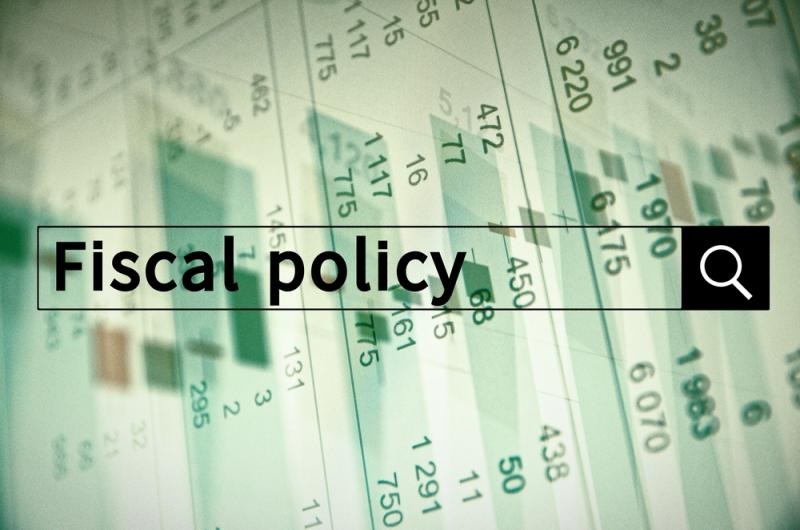
Since the times of the great depression in the 1930s, fiscal policy has been utilised as yet another tool to influence the level of economic activity within a given nation. However not without critical debate. Economists over time have argued both for and against the fiscal policy as a tool to influence economic activity. Those that are for it argue that government intervention into the economy is necessary, especially when a nation’s economy is within the downturn phase. Whilst the latter is of the view that government intervention is not necessary for stabilising economic activity, believing that through the ‘invisible hand’, the nation’s economy would adjust itself. Despite all this critical debate amongst economists, within Australia, fiscal policy is an integral component of our economy.
The government’s Fiscal Policy is often considered the ‘sister strategy’ to Monetary Policy, through which a central bank aims to influence the economy. You can read more about Monetary Policy here.
Put rather simply, the fiscal policy relates to the levels of government revenue and spending within the economy. The vast majority of the government’s revenue is derived from taxpayers. However, the government may also receive revenue from other sources, such as state-owned enterprises. For example, the sale and subsequent privatisation of Medibank in 2014 would be classified as a form of government revenue. Likewise, the composition of government spending may vary from country to country, however, within Australia, welfare spending makes up a big component of the budget. For example, in the 2016 budget, the federal government expects over $158 billion in welfare spending.
Fiscal policy can be used to influence the level of economic activity within a nation. It is often used as a tool to stimulate the economy in times of a downturn. For example, the Rudd government in 2009 announced an over $40 billion dollar ‘stimulus package’, in response to the onset of the global financial crisis, pitting the major economies of the world into the worst downturn since the great depression during the 1930s. Likewise, fiscal policy can be used to ease an economy, when rampant inflation is a problem. This may come in the form of restrictive policies such as increased income taxes to reduce consumption and increased company tax to reduce investment.
However, what happens when government expenditure is greater than its revenue? This is commonly known as a budget deficit. Since the GFC, the Australian federal government has been running consecutive budget deficits. Why is this the case? Often governments run deficits in order to stimulate the level of economic activity during times of a downturn. So, therefore, when a government is running a budget deficit, it has adopted what is known as ‘expansionary fiscal policy’. You may wonder where the government attains further funding in running a budget deficit. In funding a budget deficit, a government would usually issue more federal government bonds, where interested investors would purchase such bonds, and through a pre-determined interest rate, investors gain a return on the bond.
Although, when government revenue exceeds expenditure, it is known as a budget surplus. Between 1996-2007, the Howard government ran consecutive budget surpluses.
Whilst fiscal policy can be a useful tool in influencing the level of economic activity within a nation, it does have its setbacks. These setbacks can be highlighted when a government is running a budget deficit.
As a budget deficit is funded by an increase in government borrowing, this increases the demand by the government for credit. Theoretically speaking, as a government increases its demand for credit to fund its deficit, there could be an increase in domestic interest rates. With the demand for credit being highly related to a finite money supply, domestic interest rates may increase. Therefore, the extent of the government’s expansionary policy stance may be hindered, due to the drop in output that comes with rising interest rates.
This phenomenon is known as the ‘crowding-out effect’, and it can be countered by central banks increasing their efforts in decreasing domestic interest rates.
Depending on the policy stance of the government, fiscal policy could affect the share market in a number of ways. For example, if the government were to adopt a policy stance that does not encourage growth in economic activity, then we may see declines in output, consumption, and investment. With not a very supportive economic environment for companies to grow in, investor sentiment may diminish, thus reducing share market returns. Likewise, if a government adopted a policy stance that greatly encouraged economic activity, then it may correspond with an increase in investor confidence within the share market, thus increasing its returns. Rising earnings translate into higher earnings per share, thus higher valuations – at least in theory. As we know. However, seeing as the share market is based on investor speculation, it’s quite difficult to tell which direction the market would go.